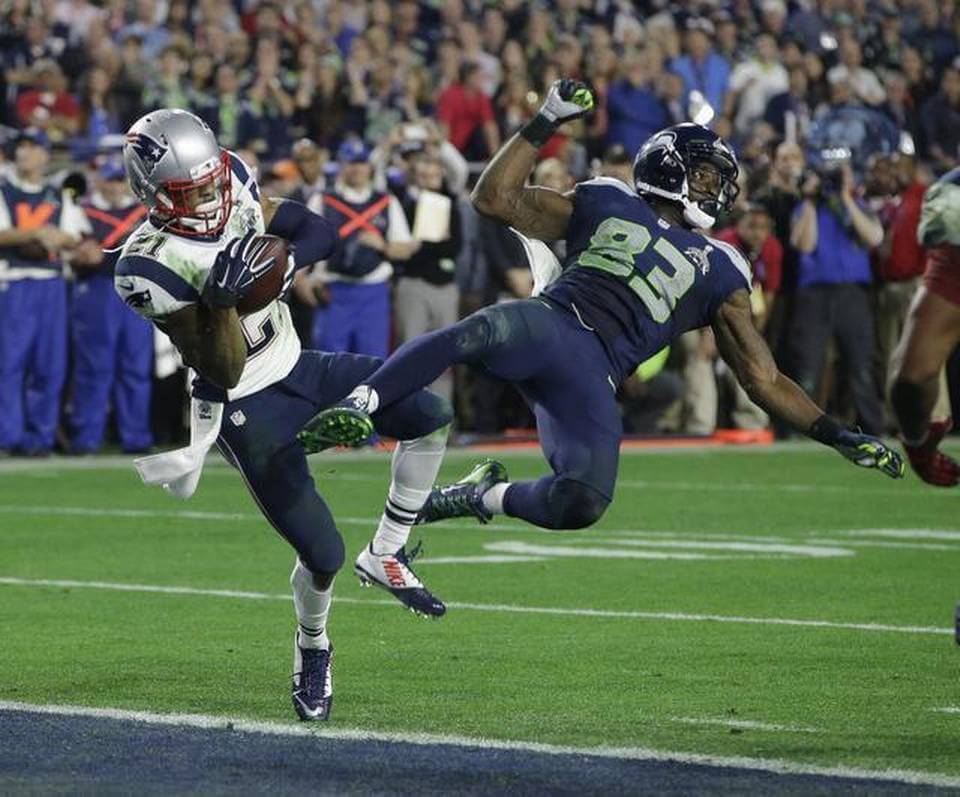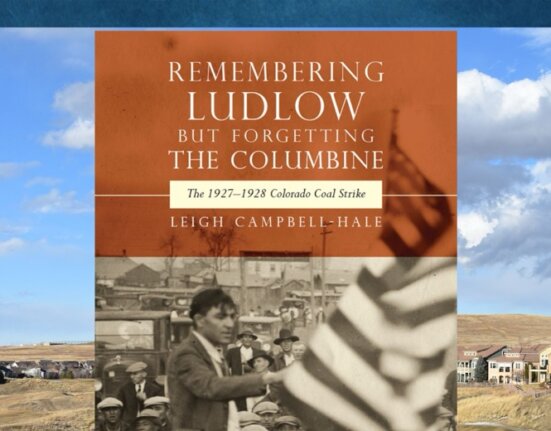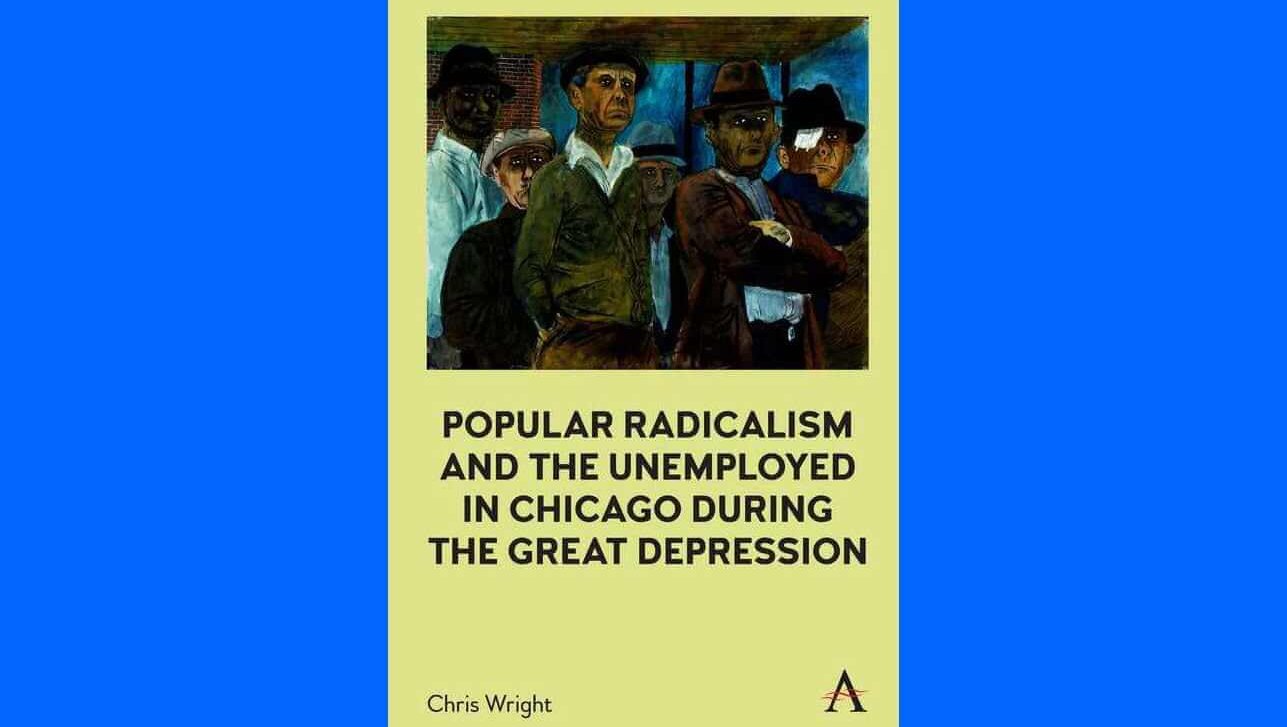On May 25, 2015, weather conditions forced the cancelation of a flight from Atlanta to Boston. One of the flight’s intended passengers was Malcolm Butler, defensive back for the New England Patriots, best known for his game winning interception in the final seconds of the Super Bowl this past February. Butler had to take a flight the next day, meaning he missed the opening of the Patriots’ voluntary organized team activities as they prepare for the 2015-2016 season. And he found quickly what it meant to have union representation.

The National Football League Players Association (NFLPA) filed a complaint against the Patriots on Butler’s behalf. As reported by ESPN, the union alleges that the Patriots have played fast and loose with the term “voluntary.” Because he arrived a day late, Patriots coaches decided that Butler was not allowed to participate in on-field workouts for three weeks (a total of seven days of practice), though he was allowed to sit in team meetings and conduct weight training. This is not the first suit leveled by the NFLPA against a team for workplace violations. In 2012 and 2014, the NFLPA and the NFL commissioner’s office fined the Seattle Seahawks—the Patriots’ opponent in Super Bowl 49—and confiscated two of their training sessions for violating the league’s Collective Bargaining Agreement regarding the limits of permissible physical contact between players during preseason practices.
These recent incidents serve as a reminder of a fact commonly forgotten by both historians of the working-class as well as labor advocates: some of the strongest, most active, and best known labor unions currently operating in the United States represent professional athletes. Unions in the United States have been on the decline for decades. According to the Bureau of Labor Statistics, only 6.6% of private sector wage and salary workers were unionized in 2014. In sports, on the other hand, nearly every player in all four major sports leagues is a union member. One certainly does not think of “labor leader” in describing LeBron James, but he was elected a vice president of the NBA players union this past February. On the gridiron, Peyton Manning, Tom Brady, Drew Brees, and seven other players were all named as plaintiffs in the NFLPA’s anti-trust lawsuit during the NFL owners’ lockout of their players in 2011.

Those who bemoan the decline of organized labor in the United States should not write off professional athlete-unions as entitled millionaires who haggle with even-more-entitled billionaires. Players unions provide potential for political change and cross-union organizing: the NFLPA, for example, has come out strongly against Scott Walker’s right-to-work legislation in Wisconsin. Additionally, records at the Walter P. Reuther Labor and Urban Affairs Archives at Wayne State University reveal a close relationship between the NFLPA and the AFL-CIO, the American Federation of Teachers, and the American Federation of State, County and Municipal Employees, the latter of which provided solidarity picketers at NFL games during the 1987 players strike.
I am not proposing that unions begin looking to players associations as models, or that athletes represent the only future for American labor. Rather, because they are the most publicly visible unions in the nation, players’ organizations have the opportunity to reshape Americans’ views of organized labor. After decades of assault from politicians and corporations who have spread the false promise of a deregulated, global economy, labor advocates need to remind Americans what unions provide to both the workers and the public at large. Using the sporting world, labor can begin to restore its reputation by highlighting unions’ role in protecting workers’ rights on the job—like those of Malcolm Butler. So too, labor supporters can use sports unions to illustrate that labor is not merely a New Deal-era dinosaur that belongs in history textbooks, but can play as active a role in the modern American economy as LeBron James can on the basketball court. While players associations certainly have their weak spots, they also may provide a space for the redefinition of labor in the public mind, especially for young fans. For labor to turn the cultural tide, the world of sports just might be the perfect place to start.







